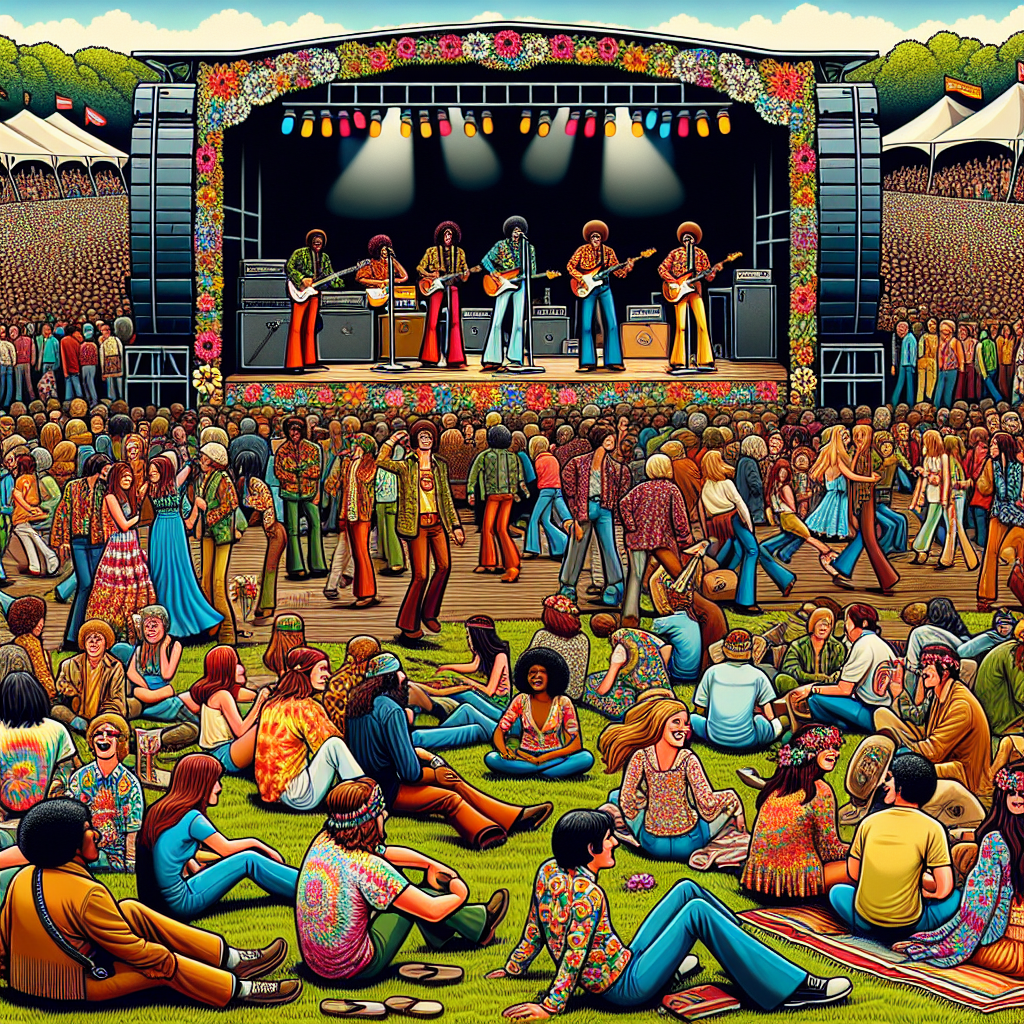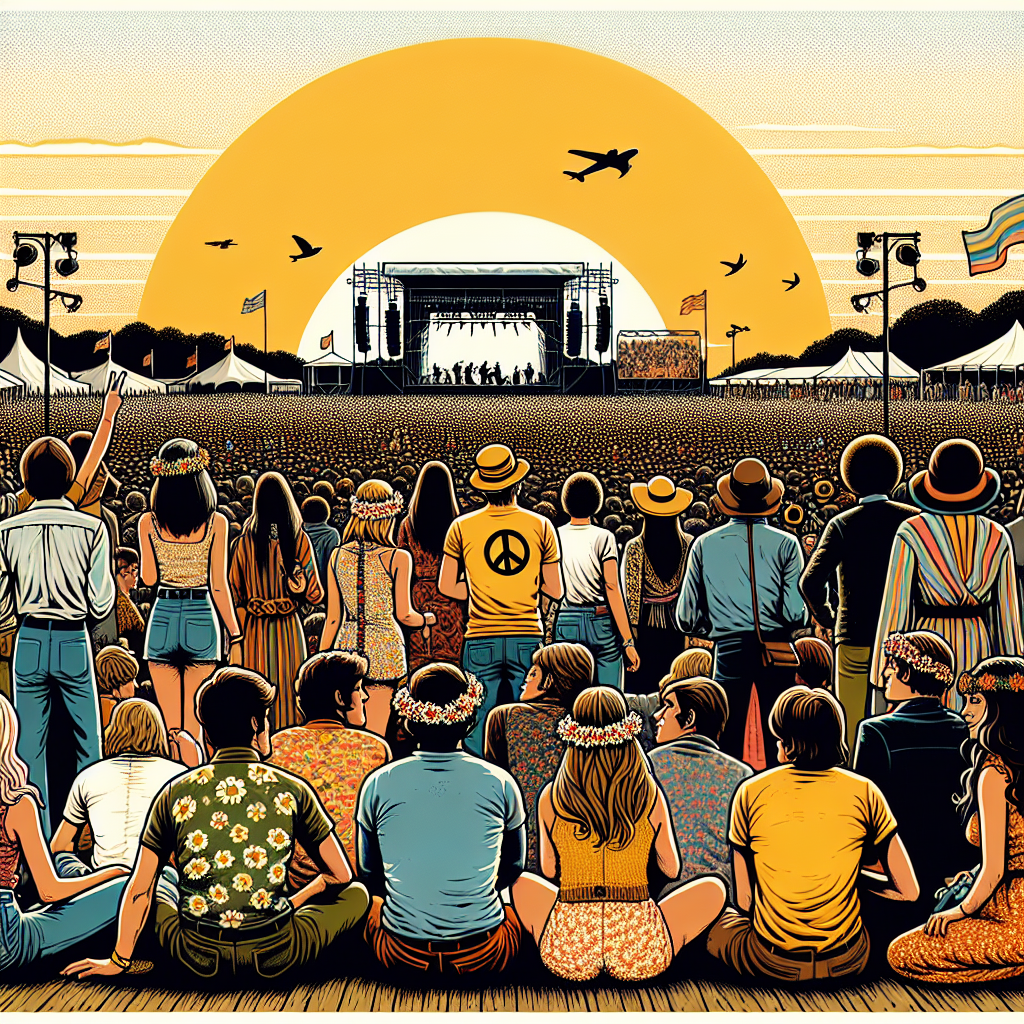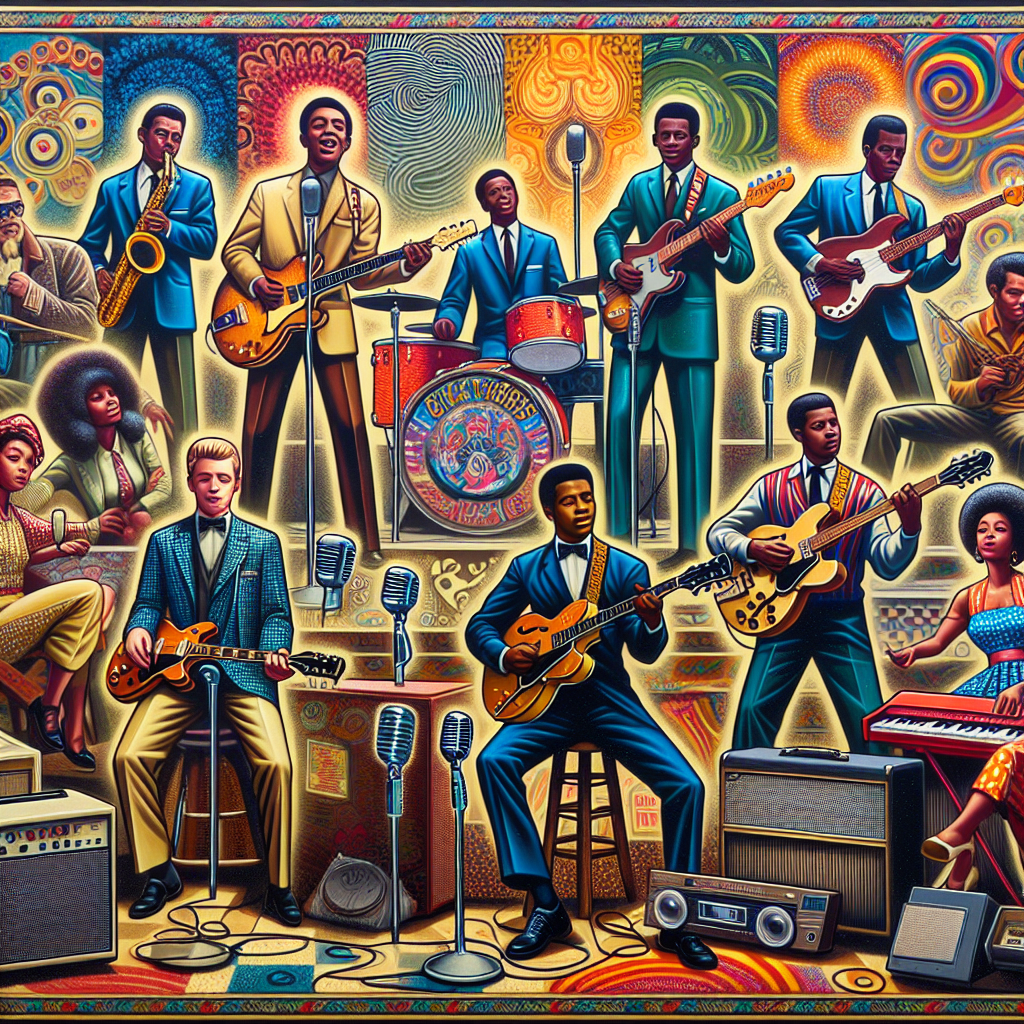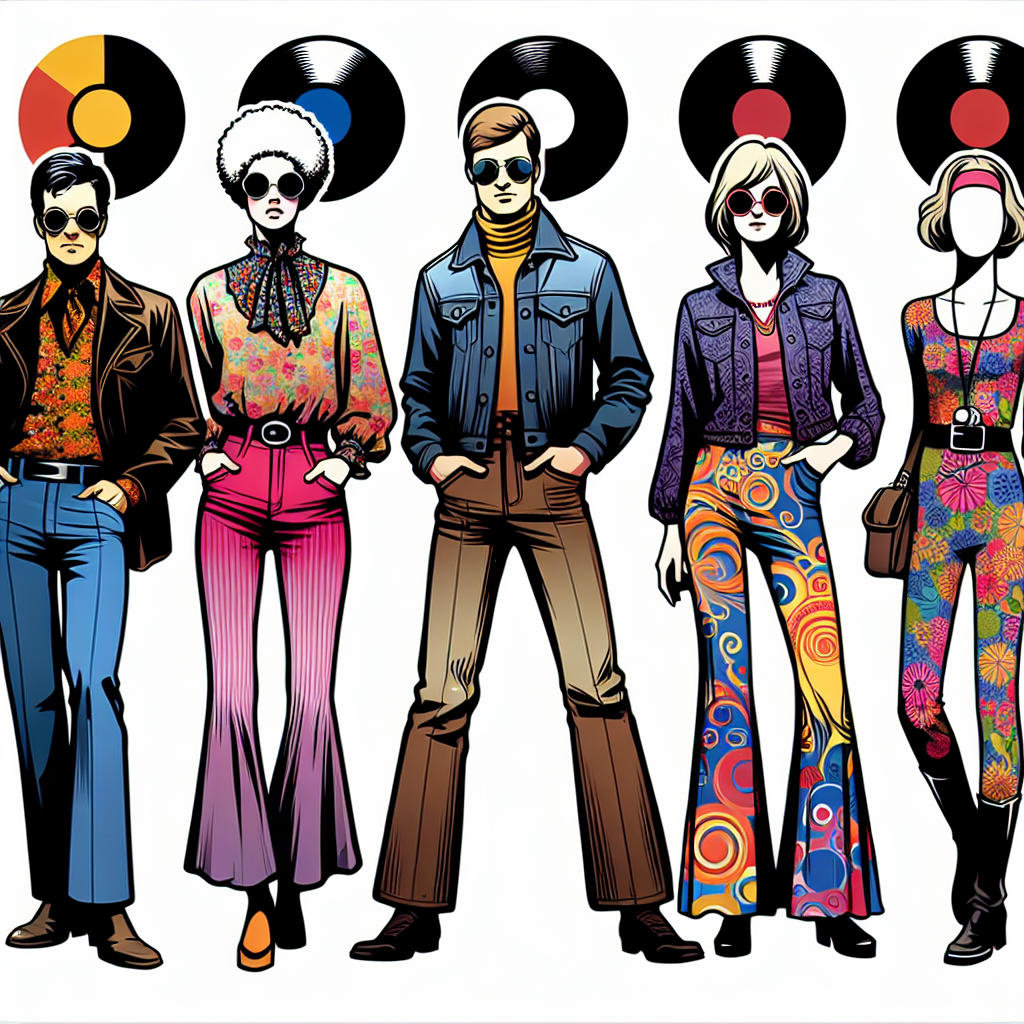Woodstock and Beyond: The Counterculture Movement in Music of the 60’s and 70’s was a pivotal moment in history that shaped our culture, politics, fashion, and technology. The music of this era not only entertained us but also challenged societal norms and inspired change.
The counterculture movement of the 60’s and 70’s was a time of great upheaval and rebellion against the status quo. Politicians were challenged, fashion was revolutionized, and technology advanced at an unprecedented rate. Music played a central role in this cultural revolution, with artists like Bob Dylan, The Beatles, Jimi Hendrix, Janis Joplin, and many others using their platform to speak out against war, racism, sexism, and other social injustices.
One of the most iconic events of this era was the Woodstock music festival in 1969. Over half a million people gathered in upstate New York to celebrate peace, love, and music. Despite logistical challenges and inclement weather, Woodstock became a symbol of unity and hope for a generation seeking change.
But the impact of Woodstock and the counterculture movement extended far beyond just music. It influenced fashion trends with its bohemian style of clothing and laid-back attitude. It also pushed the boundaries of technology with innovations in sound systems, recording equipment, and concert production techniques.
In hindsight, it is clear that the counterculture movement of the 60’s and 70’s had a lasting impact on our society. It paved the way for greater acceptance of diversity, individuality, and self-expression. It inspired future generations to question authority, challenge injustice, and strive for a better world.
So let us look back on Woodstock and beyond with gratitude for the music that shaped our culture, politics, fashion, and technology. Let us remember the spirit of unity and hope that defined this era. And let us continue to be inspired by the power of music to bring about positive change in our world.









